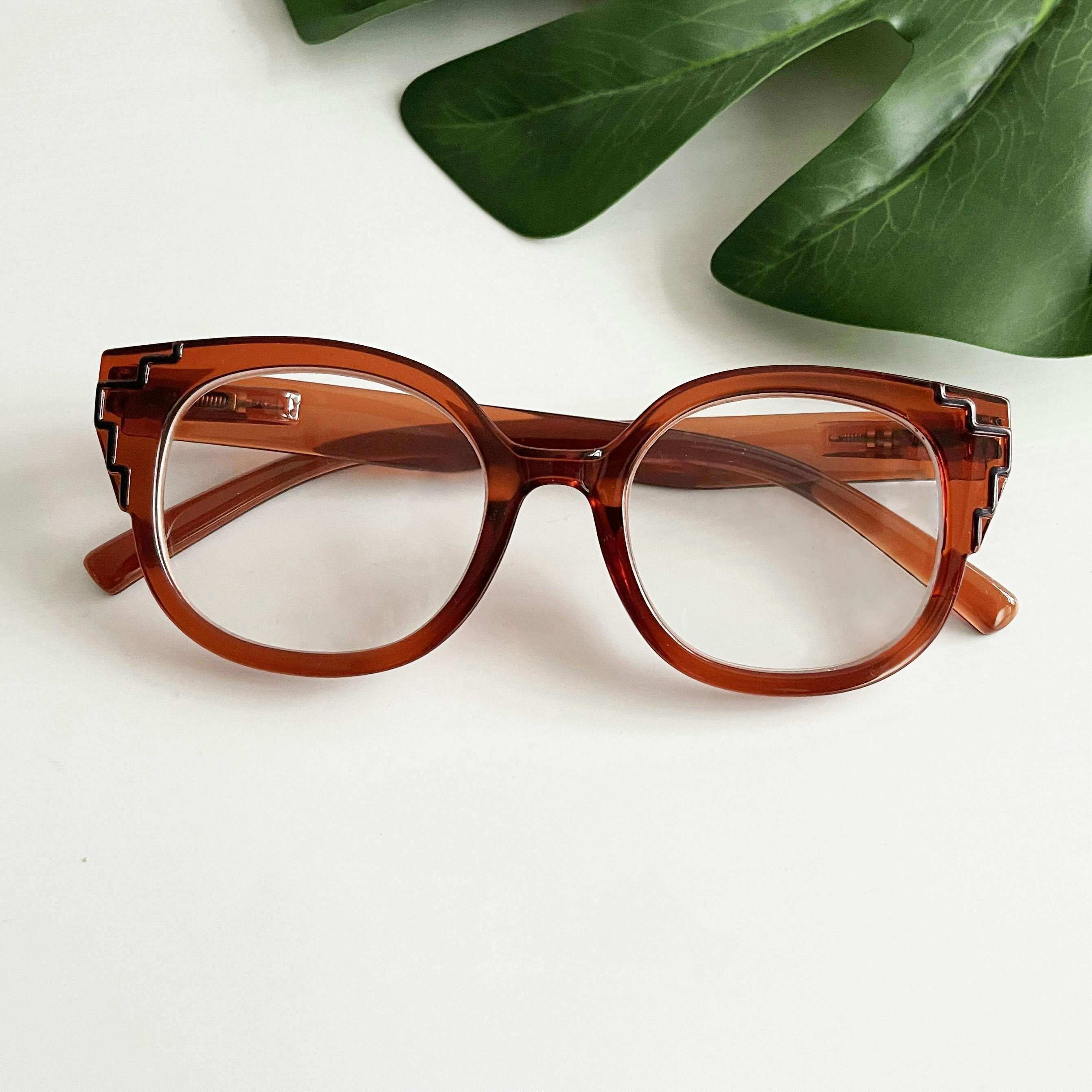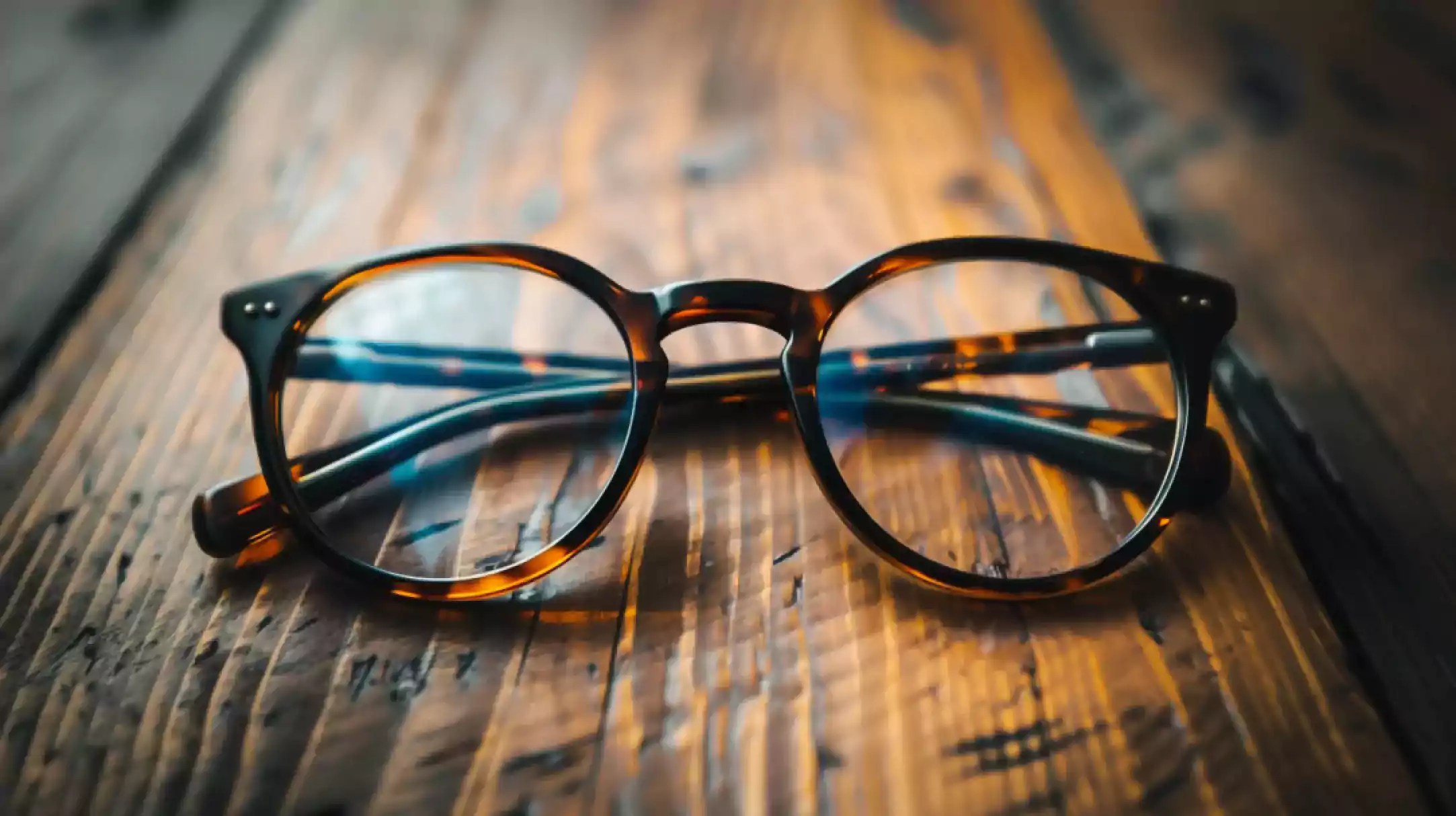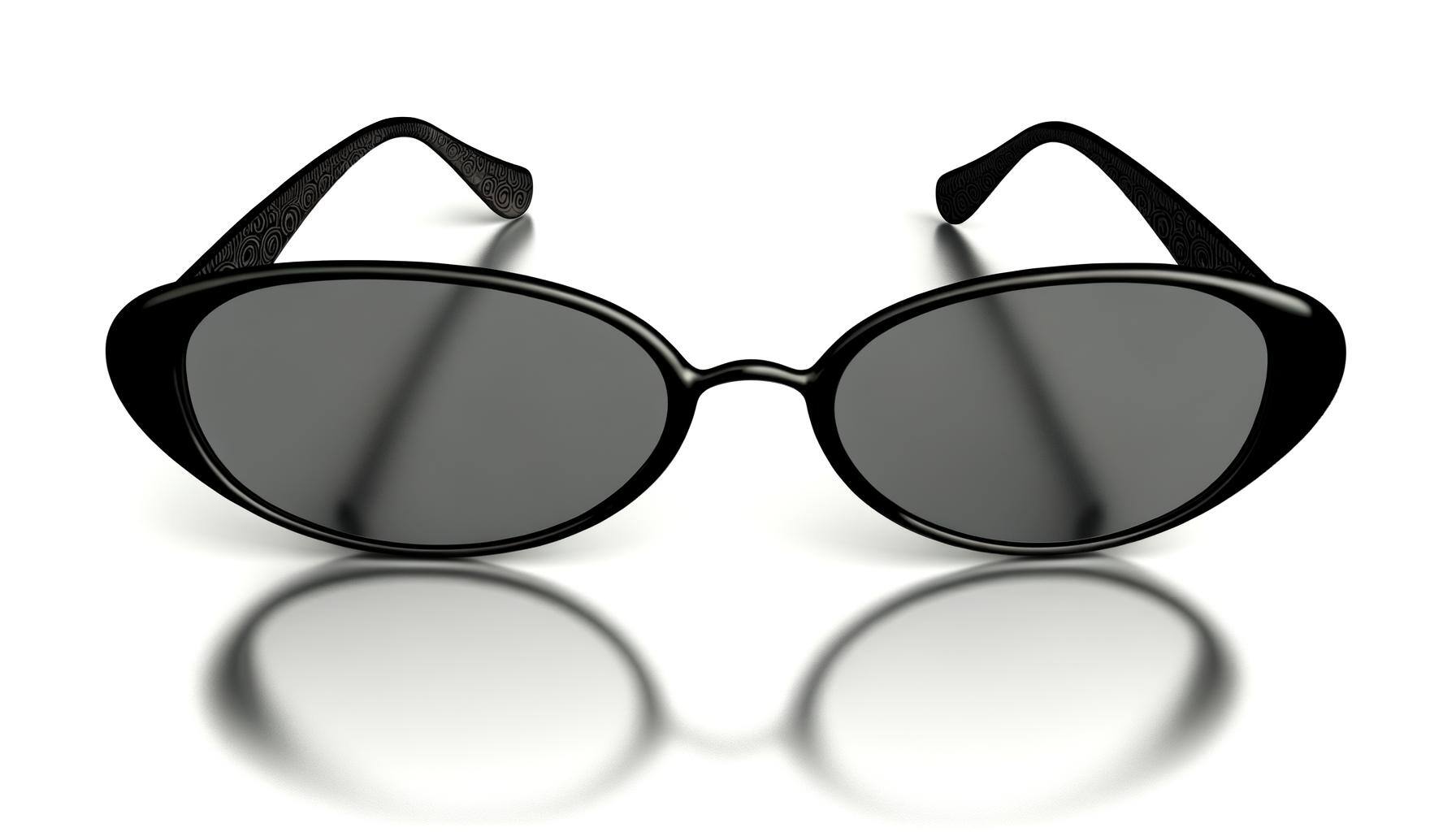Eyeglass companies like Sea2See Eyewear and Solo Eyewear are leading the eco-movement with recycled eyeglasses, and they've seen significant positive feedback from customers. Seeing these successes, eyeglass companies like Dick Moby are joining the bandwagon and looking to produce their high-end eyewear products sustainably.
But exactly how do we start turning around our products to be more eco-friendly? And what processes should we be following? Going more environmentally friendly has its benefits when done correctly and not for greenwashing purposes. Before deciding to switch up your operations, let's discuss everything you may need to learn about manufacturing recycled and green eyeglasses.
How are Recycled Eyeglasses Made?
The manufacturing process of recycled eyeglasses differs from traditional methods, which have multiple steps and can vary based on the different types of plastics used.
1. Collection and Sorting
Discarded eyeglasses and eyewear materials are collected from various sources, including donation programs. These materials are sorted to separate usable components such as plastics, metals, and glass. This ensures each type can be processed according to its specific requirements. For plastics, the sorting process is more detailed. Materials are grouped based on their Resin Identification Code (RIC). Universally, plastics are categorised into several forms, each with distinct recycling and repurposing characteristics:
- Polyethylene Terephthalate (PETE or PET)
- High-Density Polyethylene (HDPE)
- Polyvinyl Chloride (PVC)
- Low-Density Polyethylene (LDPE)
- Polypropylene (PP)
- Polystyrene or Styrofoam (PS)
2. Cleaning and Processing
Once sorted, the materials are cleaned to eliminate residues, contaminants, or foreign substances. Plastics are often finely ground into pellets, making them easier to handle in the melting and moulding stages. Metals are inspected for condition and type before being placed towards the smelting process. The materials are then melted down and readied for casting into new frames.
3. Pre-producing: Shredding and Washing
The sorted plastics are shredded and washed before they are processed further. The goal here is to remove any impurities or non-plastic items that could have made its way into the batch, such as a paper label stuck to the material.
4. Melting and Pelletising
The final stage involves melting and smashing the plastics to form plastic pellets. These pellets can then produce other products, like recycled eyeglass frames!Unfortunately, not all plastics can be recycled. Resin classifications like PVC, PS, and others not listed aren't recyclable due to their toxicity to humans. Furthermore, not all plastics will maintain their quality through continuous recycling. Each time plastic is recycled, to keep competitive with other products in the markets, manufacturers usually add virgin plasticisers to help improve the integrity of the recycled plastic. Hence why even some 'greener' spectacles are not 100% made from recycled materials.
In reality, plastic can only be recycled around three times before the quality decreases to a point where it can no longer be used. Another option implemented has been a ban on plastics, and as of 2019, more than 60 countries have already introduced bans and levies to curb single-use plastic waste. Countries like Africa are coming on board with banning single-use plastics and implementing bans on plastic bags in areas like Rwanda.
Future Trends in Recycled Eyeglasses
The recycled eyewear market continuously evolves, with new trends and innovations shaping its future. As environmental consciousness grows and technology advances, several key trends are emerging that will likely influence the industry in the coming years.
Bio-Based and Biodegradable Materials
One of the most exciting developments in the eyewear industry is the use of bio-based and biodegradable materials. These materials come from renewable resources like plants and are designed to break down more easily in the environment. Innovations like bio-acetate, made from cotton and wood pulp, offer a sustainable alternative to traditional plastics. For example, Mazzucchelli 1849 produces M49 bio-acetate, which is both renewable and biodegradable. The global market for bio-based plastics is expected to grow from USD 5.2 billion in 2020 to USD 7.7 billion by 2030.
Advanced Recycling Techniques in Eyewear
The eyewear industry is leveraging advanced recycling techniques to enhance sustainability. Traditional recycling methods can compromise the quality of materials, but new technologies are addressing these issues. Chemical recycling, for instance, breaks down plastic frames and lenses into their original monomers, allowing the creation of high-quality recycled materials that maintain their integrity through multiple recycling cycles. This method ensures that recycled materials can compete with new ones in durability and performance.
The Carbon Footprint of Eyeglasses
In 2023, Eco Eyewear conducted a study in accordance with international standards on Life Cycle Assessment (ISO14040/14044). The study focused on the carbon footprint of the lifecycle of the eyewear including the production of raw materials, transportation, packaging, distribution, and end-of-life management.
According to the study, each frame contributed an average of 1,482 kilograms of carbon dioxide equivalent emissions. Broken down by material, this was measured as 1703 kilograms of carbon dioxide equivalent emissions for biobased frames, 1,447 kilograms for recycled metals, and 1,296 for frames made from ocean plastics.
How PEL Can Test for Recycled Eyeglasses
When producing recycled eyeglasses, testing and auditing of the manufacturing process is imperative. At PEL, we offer testing and auditing services to help you ensure environmental compliance and verification. We can provide our services to help you understand your supply chain in more detail, and spot opportunities to improve environmentally, without losing out on quality. From assessing the sustainability of the materials used in your recycled eyeglasses to the projection of how your recycled eyewear products can fit in the future eyewear market, PEL can help in bringing your products to the forefront of sustainability.
The Future of Recycled Eyeglasses
Regardless if you're creating eyeglasses from acetate, recycled metals or recycled plastics — going green is here to stay. What's important is to make sure your factory, processes, and product quality is compliant and tracked.
There have been cases where PEL tested the rubber on the eyewear 'ears', which burned irregularly and hardened because the sub-supplier changed the chemical used to cure the rubber, subsequently failing the toxicology and quality lab tests. This came from a sub-supplier that has been producing high-quality rubber eyewear products for decades, but a simple change in curing the materials made their product chemically unsafe, and over 10,000 pieces of eyewear had to be recalled. It’s important not only to test eyewear at the onset but also to keep tabs on sub-suppliers with a zero-tolerance policy.






.jpg)



